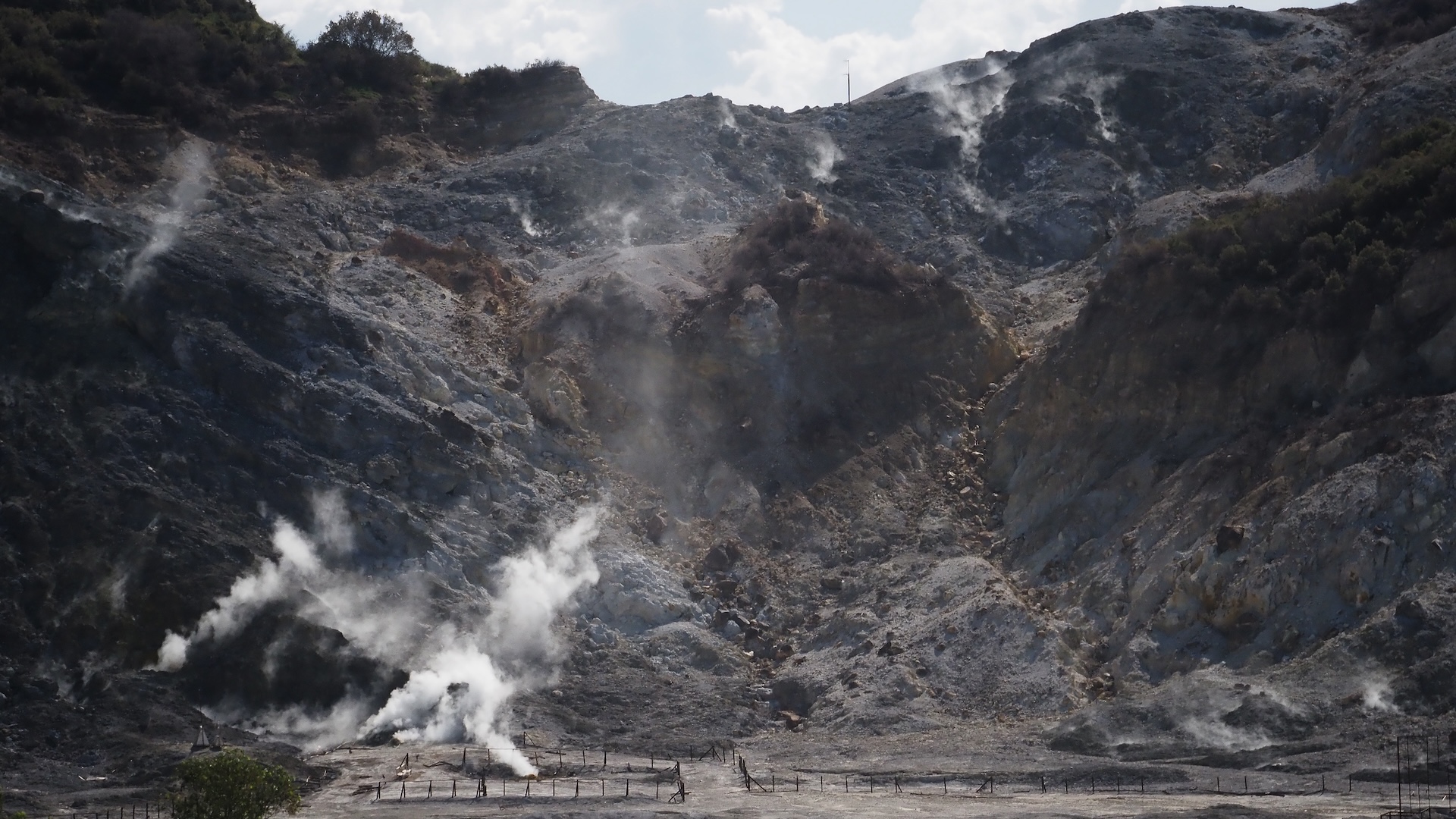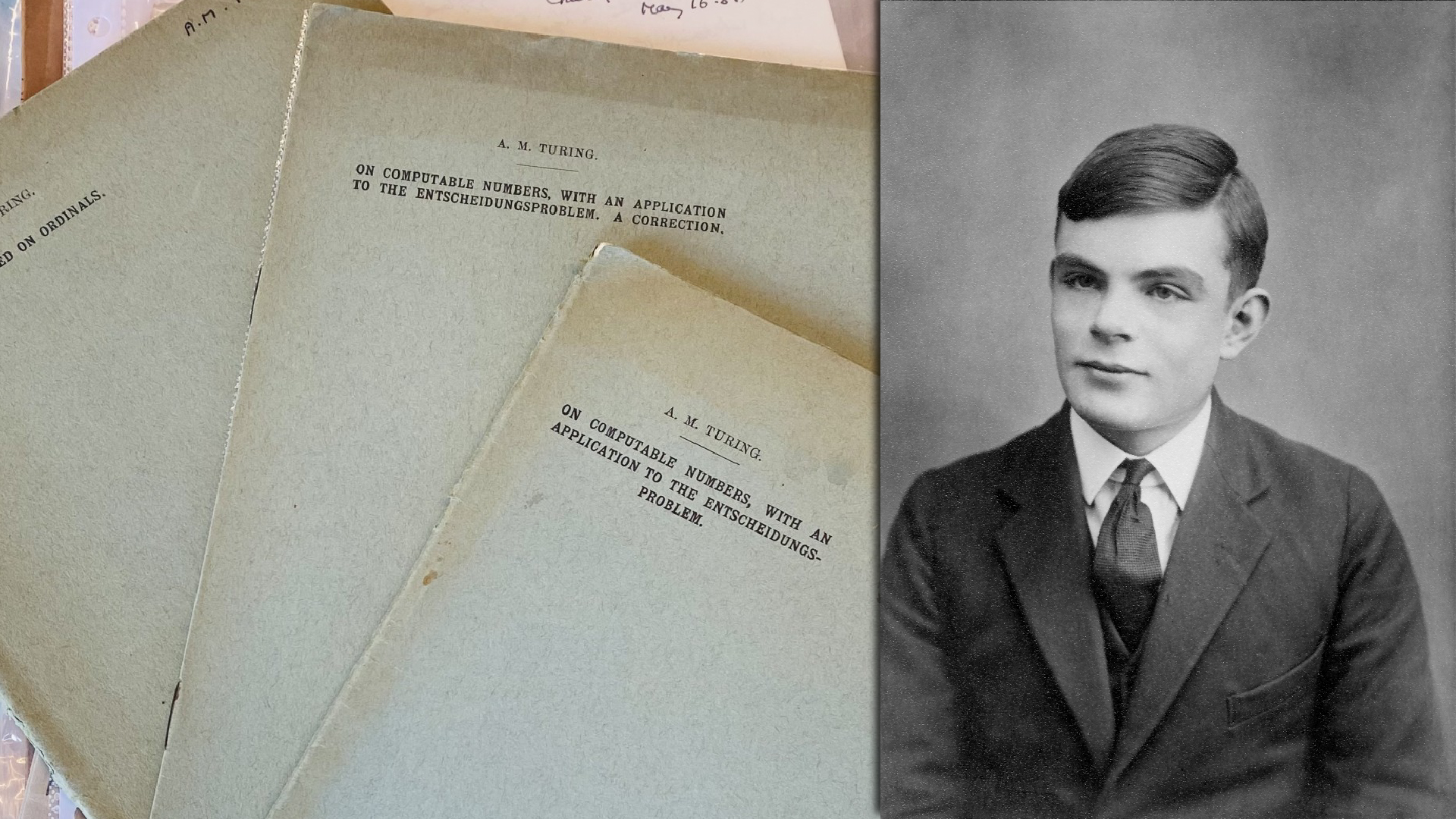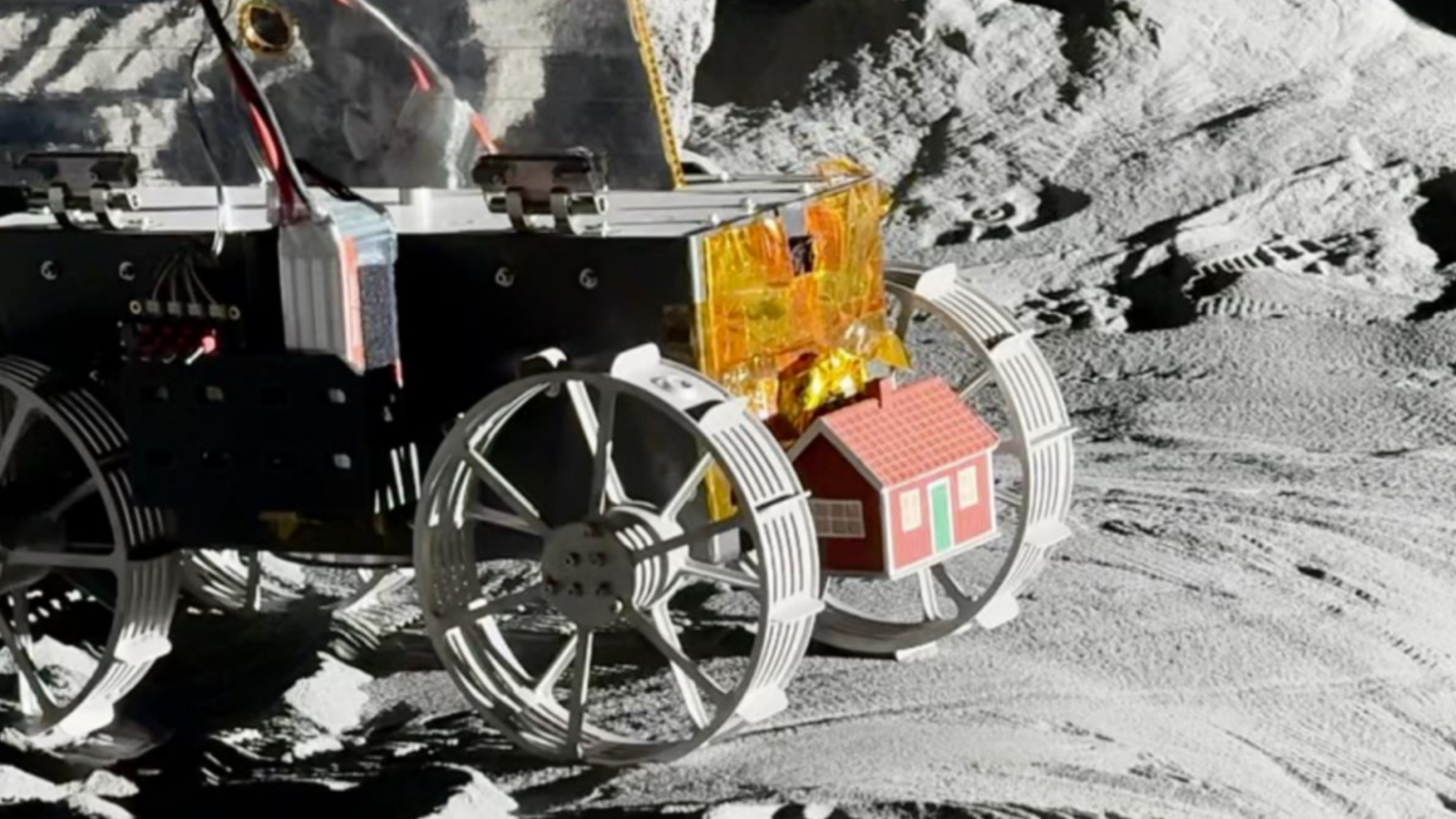A recently concluded experimental campaign at the Wendelstein 7-X stellarator at the Max Planck Institute for Plasma Physics (IPP) in Greifswald, Germany has smashed previous fusion records and set a new benchmark for reactor performances.
Nuclear fusion offers a tantalizing promise of unlimited clean energy. By smashing together isotopes (or different versions) of hydrogen at incredibly high temperatures, the resulting superheated plasma of electrons and ions fuses into heavier atoms, releasing a phenomenal amount of energy in the process.
However, while this fusion reaction is self-sustaining under the extraordinary temperatures and pressures within stars, recreating these conditions on Earth is a huge technical challenge — and current reactor concepts still consume more energy than they are able to produce.
Stellarators are one of the most promising reactor designs, so named for their mimicry of reactions in the sun. They use powerful external magnets to control the high-energy plasma within a ring-shaped vacuum chamber and maintain a stable, high pressure. Unlike simpler tokamak reactors — which pass a high current through the plasma to generate the required magnetic field — stellarators’ external magnets are better at stabilizing the plasma through the fusion reactions, a feature that will ultimately be necessary when translating the technology to commercial power plants.
In the recent experiments, the W7-X stellarator outperformed previous benchmarks set by the decommissioned tokamak reactors JT60U in Japan and JET in the UK, especially over how long the plasma can be sustained.
Related: Nuclear fusion could be the clean energy of the future
Most notably, the international team revealed that the reactor had reached a new record high triple product — a key metric for the success of fusion power generators. The triple product is a combination of the density of particles in the plasma, the temperature required for these particles to fuse, and the energy confinement time (a measure of how well the thermal energy is held by the system). A certain minimum value called the Lawson criterion marks the point at which the reaction produces more energy than it uses and becomes self-sustaining, so a higher triple product indicates a more efficient reaction.
“The new record is a tremendous achievement by the international team,” said Thomas Klinger, Head of Operations at Wendelstein 7-X and Head of Stellarator Dynamics and Transport at IPP in a statement. “Elevating the triple product to tokamak levels during long plasma pulses marks another important milestone on the way toward a power-plant-capable stellarator.”
Key to the success of this latest milestone was the development of a new fuel pellet injector that combined continuous refueling of the reactor with pulsed heating to maintain the required plasma temperature. Over a 43-second period, 90 frozen hydrogen pellets were fired into the plasma at up to 2,600 feet (800 metres) per second, roughly the speed of a bullet. Pre-programmed pulses of powerful microwaves heated the plasma, which reached a peak temperature of 30 million degrees C, and this coordination between the microwave pulses and the pellet injection crucially extended how long the plasma could be stably maintained.
This same campaign also increased the energy turnover of the reaction to 1.8 gigajoules over a six-minute run, smashing the reactor’s previous record of 1.3 gigajoules from February 2023. Energy turnover is a combination of the heating power and plasma duration of a fusion reactor and an indication of the reactor’s ability to sustain the high-energy plasma. It is therefore another crucial parameter for future power plant operation. The new value even exceeds the record achieved by the Experimental Advanced Superconducting Tokamak (EAST) in China earlier this year, further evidencing stellarators’ potential.
“The records of this experimental campaign are much more than mere numbers. They represent a significant step forward in validating the stellarator concept—made possible through outstanding international collaboration,” summarized Robert Wolf, Head of Stellarator Heating and Optimization at IPP in statement.














